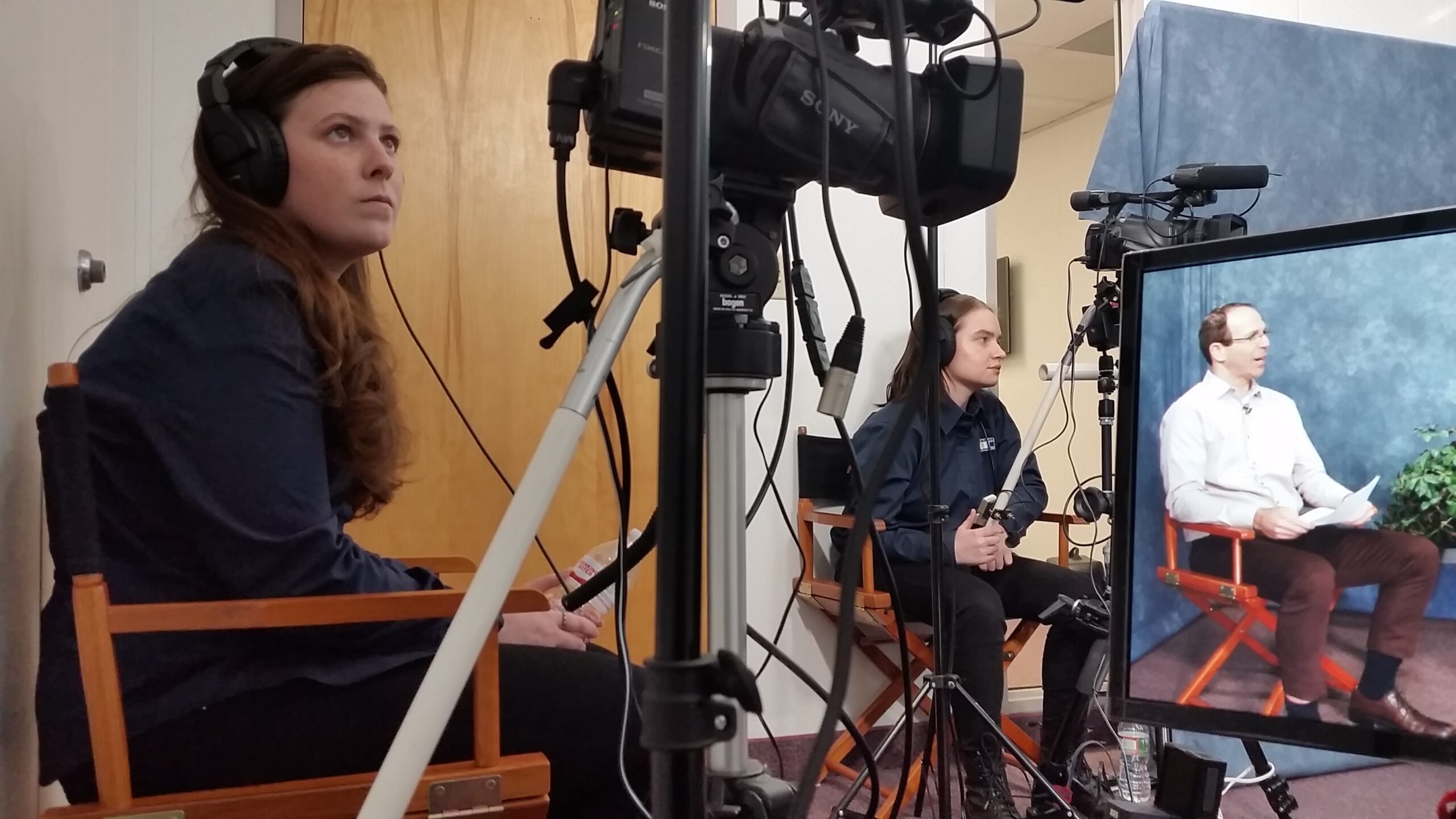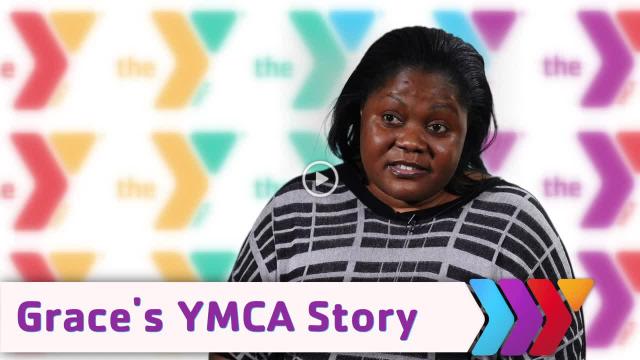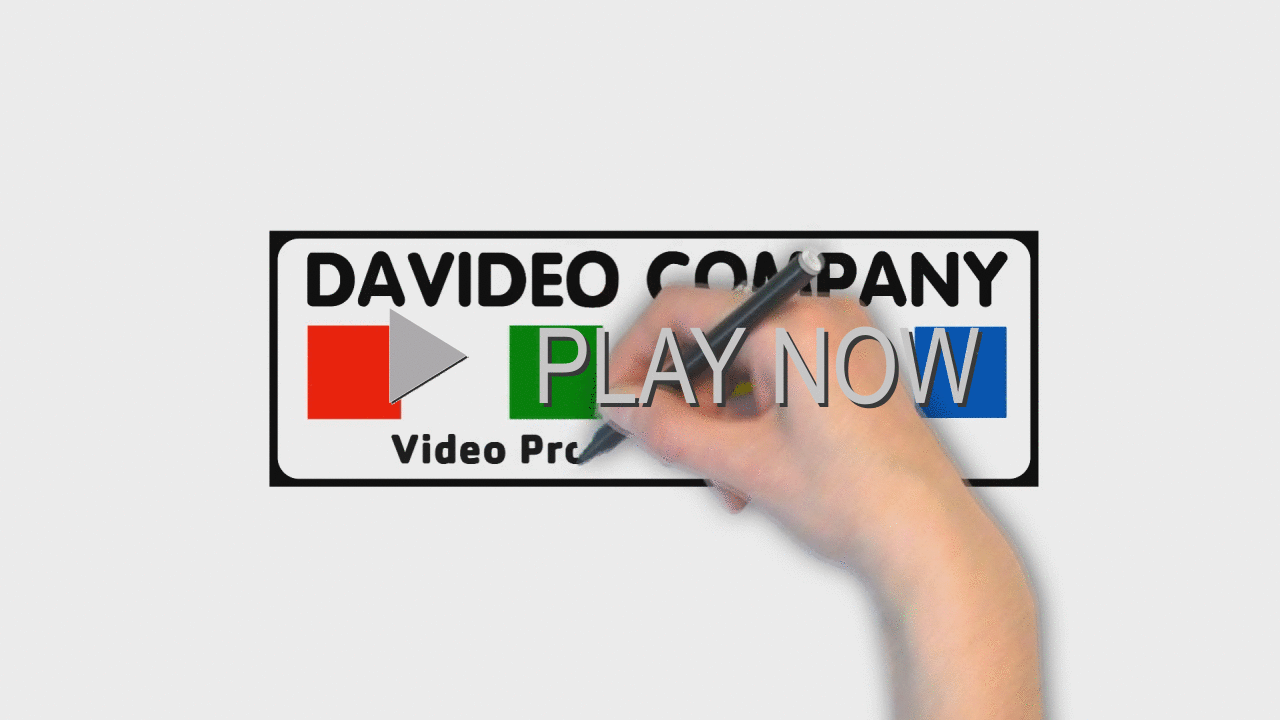Engaging with the field of videography often means that you’re hearing a lot of technical terms that you may not know the meaning of. One of these terms that’s been gaining considerable traction recently is 4K, or Ultra-HD. Put simply, 4K is a high-definition format that has about four times the resolution (in terms of pixel-count) as 1080p HD, the current industry standard. Because it still isn’t as readily accessible as traditional HD, we’re currently seeing a slow transition phase between the formats as prices and accessibility for 4k viewing and recording become more affordable and efficient.
You may have heard talk about 4K or Ultra-HD becoming the new video standard, and it is without a doubt the natural next step for camera technology and content quality – but does that necessarily mean that you need to start demanding 4K video from all your sources? The short answer is no. 4K recording eats up much more storage space than 1080p HD, most monitors aren’t yet equipped to display it correctly, and many videographers will charge extra for it.
But here at Davideo Company, we’ve singled out two uses for 4K that actually save time and greatly enhance editing versatility. We now record all of our “talking head” interviews in 4K by default and for no extra charge, because of the following advantage:


Both stills above are from a recent interview we shot, but they’re also from the exact same clip, recorded by the same 4K-capable camera. Thanks to 4K recording, editors are able to zoom in on the source video and reposition the frame to make an entirely new shot – all without losing quality. When editing an interview, you might want to do this to add emphasis to a particular comment or statement. 4K makes this possible. The closeup is still completely high definition. Shots can be re-edited to become entirely new ones, to emphasize details, or even to add movement.
Another example:
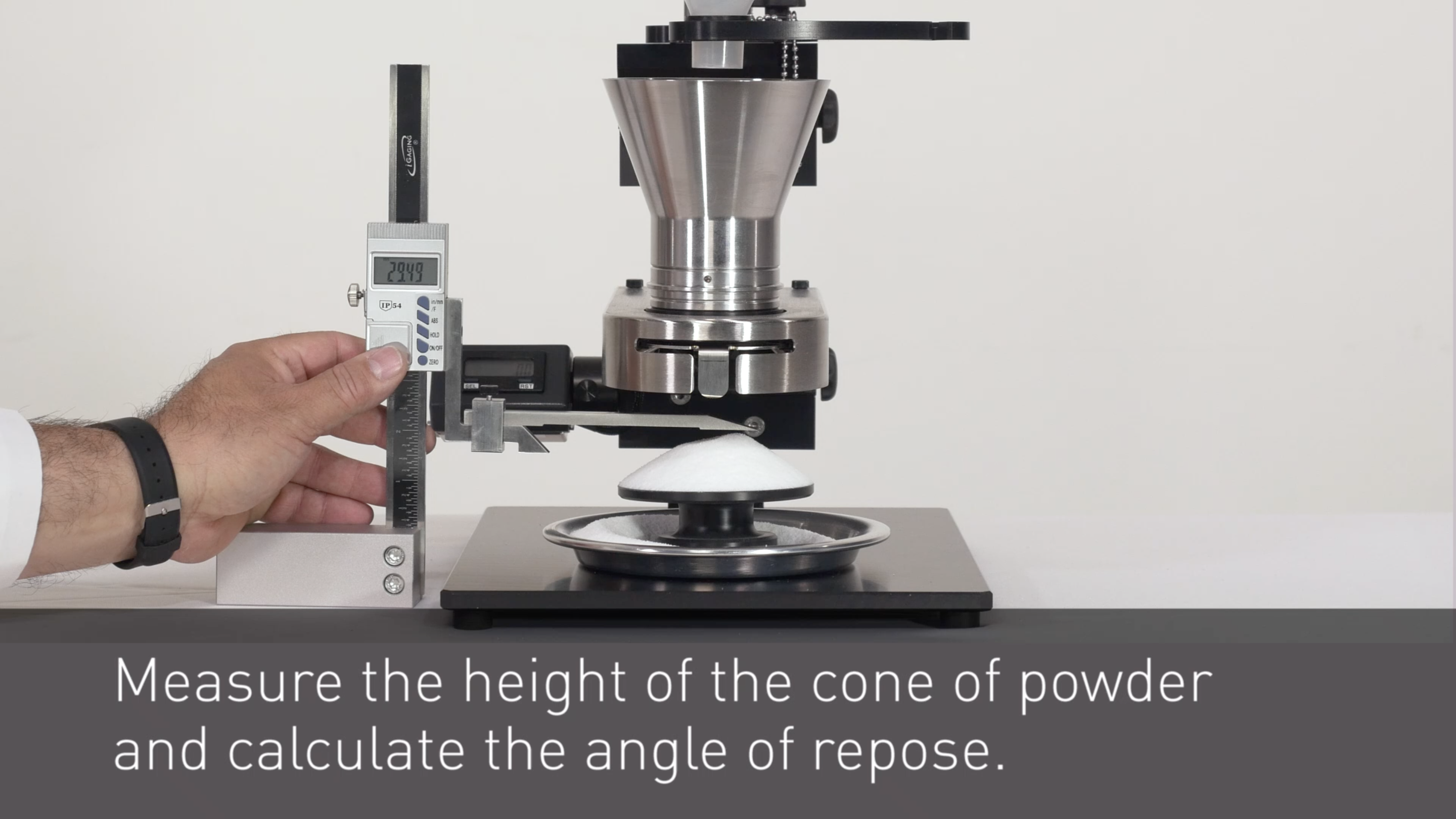
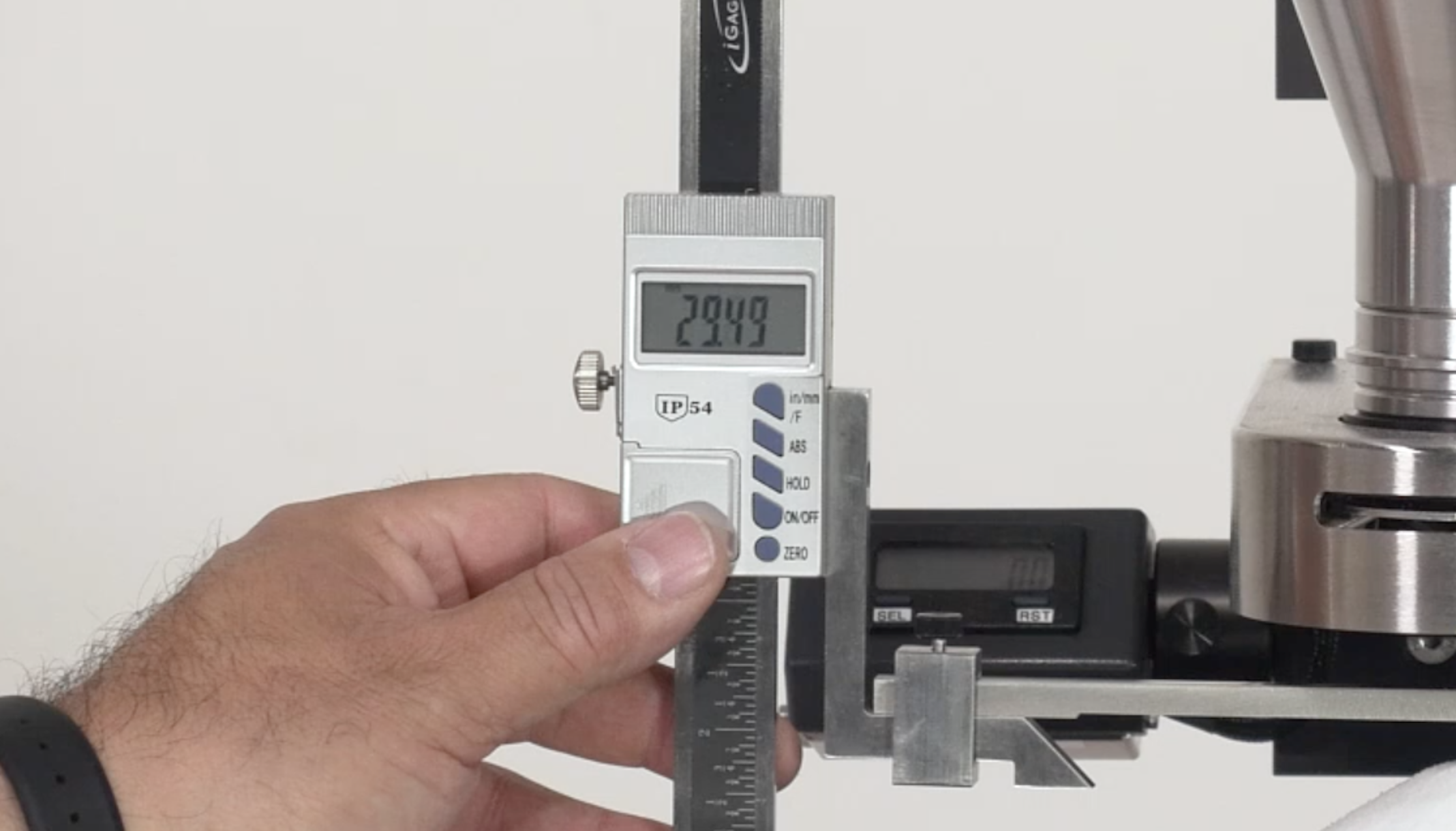
Here, the client had asked us to emphasize the reading on the meter. Because we had captured the wide shot of the entire device in 4K, it was a simple matter of zooming into the shot and recomposing so we could cater to the client’s needs without having to set up multiple cameras, compromising video quality or scheduling re-shoots.
This camera technique allows you to focus the viewer’s attention on any part of the original frame, after the original location recording is done, and this can enhance the clarity and impact of your video in general. Doing the same with interview shots will diversify the ways in which editors can use each individual shot, zooming in or moving to recompose and change the effect. In short, 4K is most practical when it improves versatility in the editing room and gives your videographer or editor more options for the final version of your video.
It’s important to note, however, that 4k is still a luxury. Some might argue that shooting everything in 4K will “future-proof” your footage and make it look better when monitors capable of displaying 4K become the norm. But you will need to weigh the additional costs of 4K acquisition and storage against the benefits of having higher resolution for everything you shoot. When you deploy a new company overview video in the future, will you be recycling old footage or are you more likely to want new footage that reflects how your company, your products and your team look then? So we don’t think it’s really necessary to shoot everything in 4K – doing so would only take up more storage space, and since most of us can’t actually view 4K properly, it’s best to ask for it for shots where tangible changes like zooming and panning might be helpful. (Just make sure that your video partner routinely saves all of your raw video footage in the original resolution – whether that be 4K or even just 1080p HD.)
The bottom line is that 4K, at the moment, is most practical in certain situations. There are certainly scenarios like the ones above where the higher quality can save you the need for re-shoots and save time on set, but the transition to 4K is still very much underway, and we likely won’t see a full shift for at least a few more years.
To see some of our own 4K work, check out our video testimonials.
RELATED BLOG POSTS
5 Things You MUST Do To Prevent Video Disaster
If you’ve decided to take the video plunge you’re certainly in good company. Maybe it’s the first time you’re bringing any sort of video to the table, or maybe you’ve dabbled with it in the past. Maybe the only video content your company has put out is an office Holiday greeting from 2014 that someone shot on their iPhone and uploaded to Facebook. Everybody starts somewhere. Regardless, if you’re not a video expert you probably have a few questions. Read More
The Right Questions to Ask Before Recording A Marketing Video
If you’ve decided to take the video plunge you’re certainly in good company. Maybe it’s the first time you’re bringing any sort of video to the table, or maybe you’ve dabbled with it in the past. Maybe the only video content your company has put out is an office Holiday greeting from 2014 that someone shot on their iPhone and uploaded to Facebook. Everybody starts somewhere. Regardless, if you’re not a video expert you probably have a few questions. Read More
How Video Can Help Non-Profits Increase Funding
Working at a non-profit organization is a never-ending sequence of wearing too many hats and trying to do too much on too small a budget. The person in charge of marketing is often also in charge of answering the phones, scheduling appointments, and roughly four hundred other tasks. It doesn’t leave much time for planning out and overseeing full-scale fundraising campaigns. Luckily, there’s video. Read More
How to Use Video In Your Marketing Emails to Boost Click Through Rates
Videos are a significant tool for any company’s marketing plans. They grab the attention of viewers and keep them interested in what you have to say. So it follows that using video in your emails is likely to make greater impact on your audience. But how do you get video into your emails? Read More


